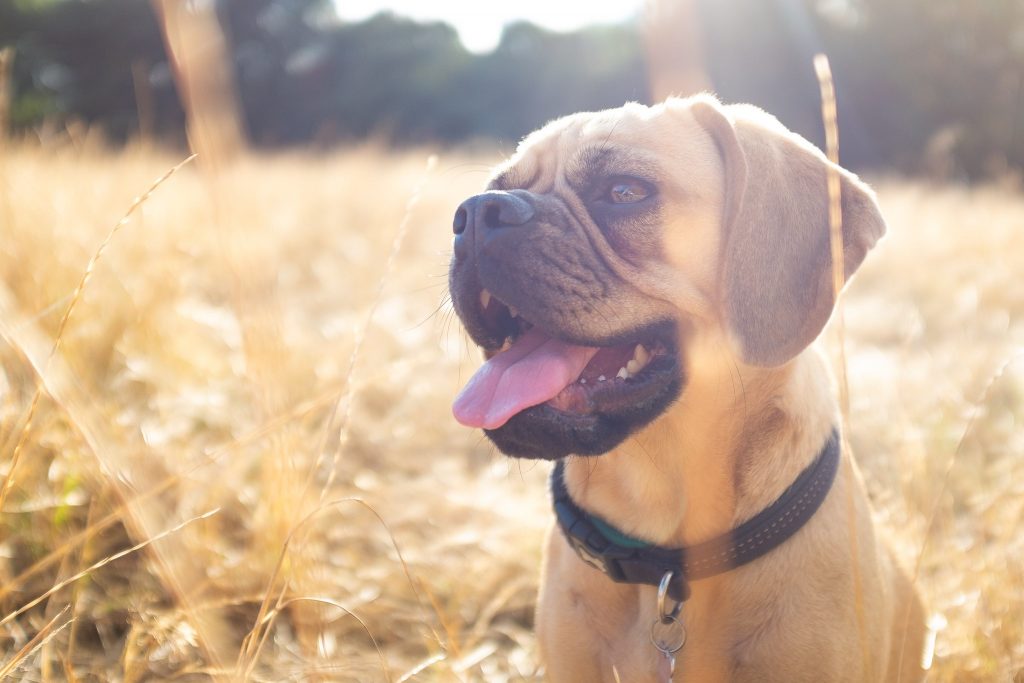Finding Your Lost Dog
Fido Roamed?
An appointment is required to bring in an animal or search for a lost pet. Please contact us at 613-725-3166, ext. 223 to schedule an appointment.
 Dogs that run away, usually escape for one of three reasons: they’re following an alluring scent, they were escaping in panic, often as a result of a terrifying sound, or a gate that was supposed to be closed was left open. While lost cats hide, lost dogs roam. How far your dog will travel depends on a few things:
Dogs that run away, usually escape for one of three reasons: they’re following an alluring scent, they were escaping in panic, often as a result of a terrifying sound, or a gate that was supposed to be closed was left open. While lost cats hide, lost dogs roam. How far your dog will travel depends on a few things:
- Weather: Bad weather is a barrier for traveling as much distance.
- Terrain: Dogs in residential areas typically travel less distance than in rural areas, because of obstacles such as fences.
- Your dog’s appearance: People are more likely to contain a smaller or friendly looking dog than an aggressive or larger one. Similarly, “Pure-bred’ looking dogs carry “value”—people are more confident that it’s a lost pet that someone is looking for.
- Population density: Areas with low numbers of people mean the chances of finding the dog near the escape point drastically decreases, as fewer people will see him, and he has fewer barriers (fences, busy streets, buildings) to slow him down.
Search Tips
Immediate steps to take if your dog has just gotten lost:
- Think about why your dog ran: was it away from something, or towards? This may help you to figure out where to start searching.
- Search the immediate area and call your dog loudly.
- If there are sounds or words your dog reacts to, use them! Sound excited and happy when you’re calling him, he may not come if you sound angry, harsh or panicked.
- Go to areas you know your dog likes and is familiar with. Is there a spot he likes to stop to smell other dogs’ markings? A dog park close by? A walk route you usually take?
- If it’s hot out, dogs usually stay along tree lines and in the shade.
- Read How to Secure a Frightened Dog.
If you haven’t found your dog right away, or he has already been missing for a while, take action immediately: conduct an extensive search, and let everyone know he’s missing.
- Advertise your missing dog:
- Submit an online Lost Report to the Ottawa Humane Society, or email us. Check in with the shelter regularly to see if your dog has been brought to us.
- Submit a Lost Report with other online groups, including Ottawa and Valley Lost Pet Network and Kijiji. Ask people to report even if they think they’ve seen your dog.
- Create a Lost Pet poster, and post it everywhere on streets around where your dog went missing, as well as in any near-by park (especially dog parks). If you can, put it in people’s mailboxes and post it at local businesses and veterinarians in the area. Add a reward, it can encourage more people to look.
- Advertise your lost pet through all of your social media.
- Put a “Lost Dog” sign on your lawn.
- Put up a large neon sign at major intersections — use very few, very large words so people can see your message quickly: LOST DOG, breed, colour, and your phone number.
- Report your lost dog to your microchip company.
- Report your lost dog to your veterinarian.
- Search your neighbourhood or area your dog went missing.
- Search at dusk and dawn, when most pets are likely to be found.
- If you can, search with someone else — if you find your dog, he may be easier to catch with someone else there.
- Map routes to search, following your dog’s familiar patterns, starting at the last spot you saw him and working off leads and sightings from others.
- Bring tools with you: flashlight to check in dark spaces, a leash and collar, flashlights to check under decks and in bushes for reflective eyes, treats, blankets to contain him if required, gloves to search through bushes and some food or his favourite treats to lure him.
- Carry a cell phone so that you can show his picture to anyone you see, and to stay in contact with others or to call someone for help if you need to.
- Visit the OHS at least every other day
- The OHS holds stray animals on behalf of the city for three full days (not including day of entry).
- Our staff will guide you through the process of searching for your dog when you get here. We can also give you lots of tips for finding your dog!
- Call often! Just because you lost your dog yesterday, he may not arrive at the shelter for several days, weeks, or months! Don’t stop looking.
How to Secure a Frightened Dog
When a dog is frightened, his behaviour may change completely. His instinct is often to flee, and he often will not trust those trying to bring him to safety. This mindset may be so strong that he will even run from his owner in fear. Watch the video and follow the tips below to help recover your lost dog:
- DO NOT call the dog’s name, whistle, clap, pat your leg, etc. The dog WILL run away, as this is predatory behaviour that will further scare him.
- GET DOWN on the ground. Sit, crouch or lie down.
- DO NOT make eye contact. Turn away, bow your head. This is the least threatening position to be in.
- STAY QUIET. Don’t speak to the dog, even as he approaches you. This is critical in building trust.
- Gently crinkle a plastic food wrapper, and act like you are eating, making quiet chewing sounds. Drop food on the ground near you.
- BE STILL as the dog approaches and starts to eat the food you dropped. Keep dropping food closer to you.
- BE PATIENT. This can take a long time. Don’t reach out to pet the dog. If the dog is still very skittish, reaching out will likely make him flee. If he seems calm, VERY SLOWLY try feeding him by hand.
- MAKE CONTACT when he appears ready to be touched, by gently reaching out under his chin. A hand coming from above may frighten him. If he accepts the touch, keep feeding him, keep quiet and keep petting him. If he shies away, go back to simply feeding him until he appears to trust you.
- LEASH the dog. If the dog has a collar, try slipping a leash through it. The collar may come off if the dog pulls back in alarm. A slip leash is more effective in preventing the dog from escaping. Let him sniff the leash, and be patient. When you sense he will accept it, try petting him, offer more treats, and slowly slip the leash over his head.
- STAY CALM after the leash is on the dog. Don’t get excited, as this will scare him. Stay sitting, keep feeding and petting. Talk quietly and reassuringly. Once he is calm, slowly stand, staying in a non-threatening demeanor, and continue to give him treats as you slowly walk away with him.

